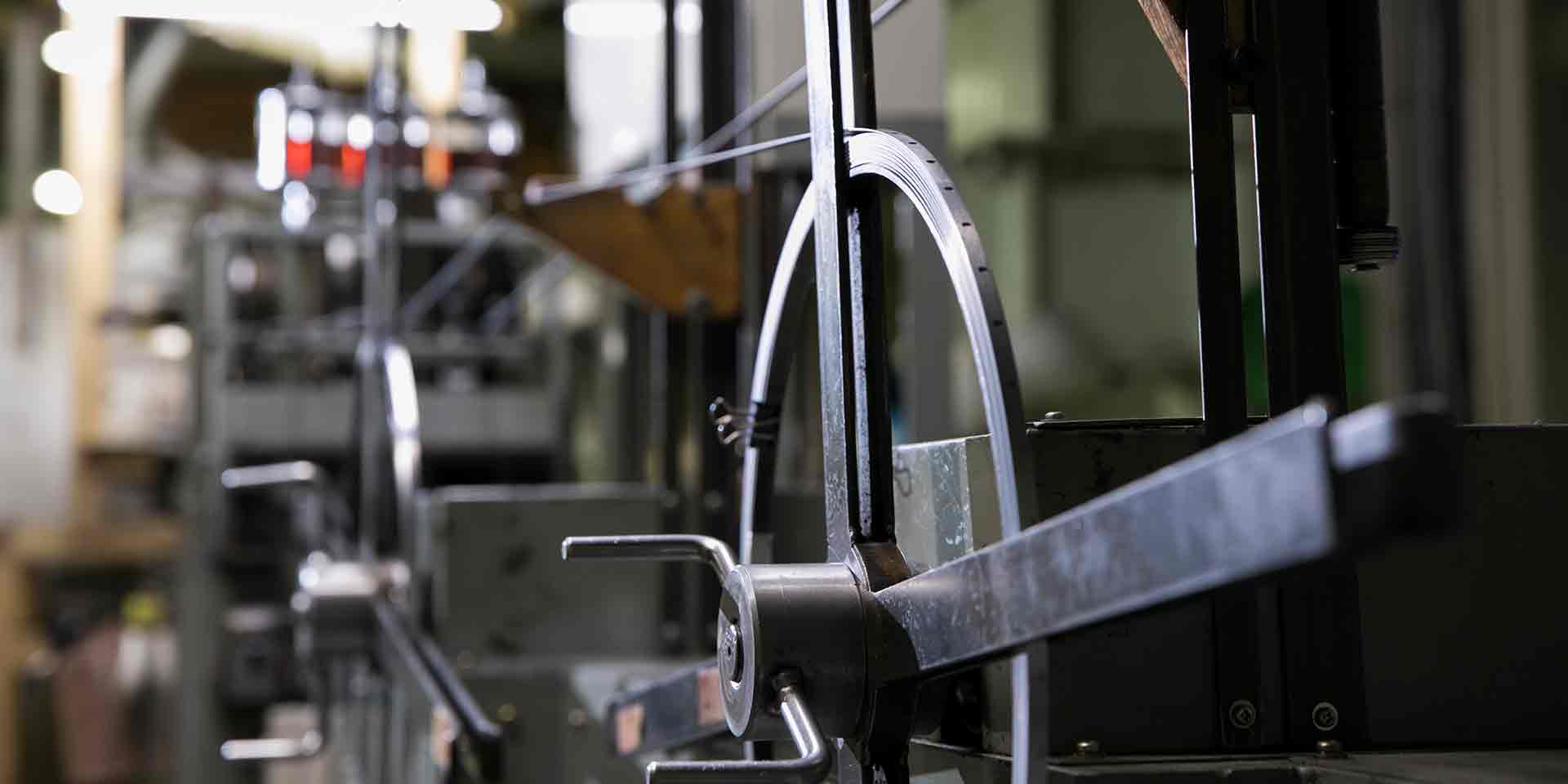
Founded in Osaka in 1933, Nakajima Jukyudo has been dedicated to manufacturing pencil sharpeners for over eighty years. We are confident in the quality of our pencil sharpeners, which thinly shave wooden pencils with minimal effort, make the lead tip easy to write with. As Japan’s only manufacturer specializing in small pencil sharpeners, we will continue to take pride in our manufacturing prowess.
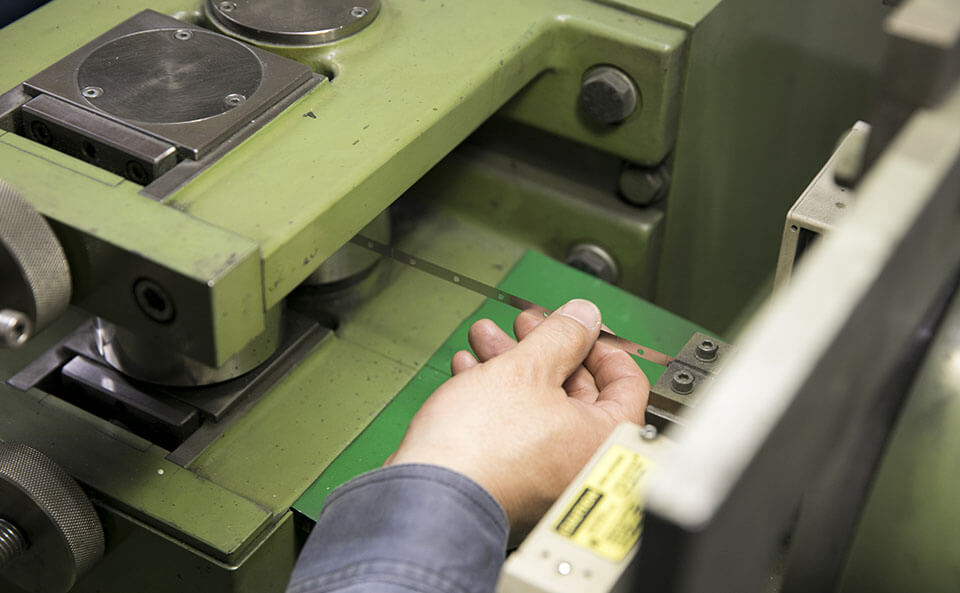
We manufacture at dimensional accuracies on the order of 10 microns, confirming the finish of cutting edges by human touch. Using technology based on the experience of craftspersons, we manufacture blades optimized to the characteristics of pencils.
Newly manufactured sharpener unit molds do not yet satisfy NJK quality. We spend a month working on them in-house, making micron-level customizations until they satisfy NJK quality standards.
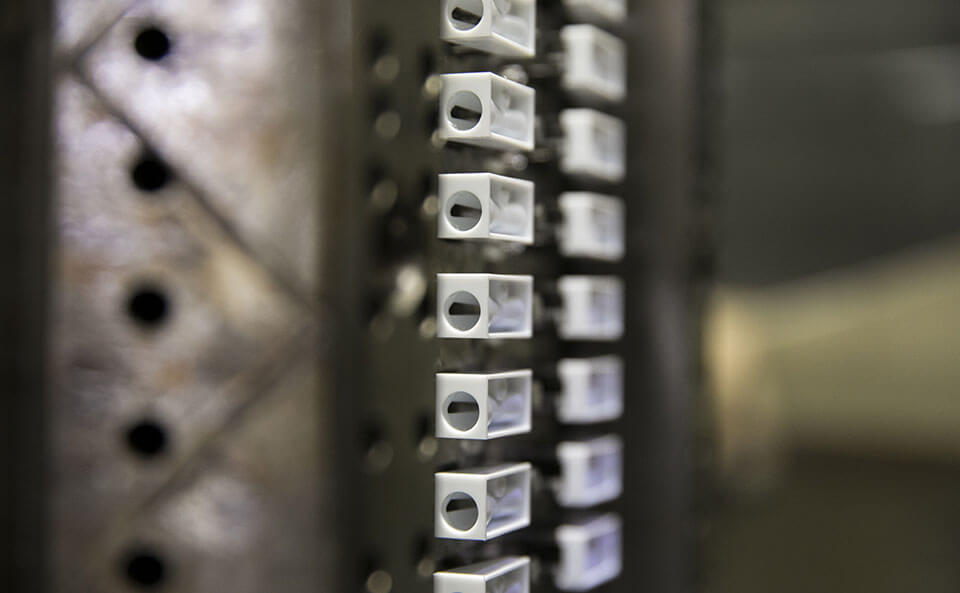

Newly manufactured sharpener unit molds do not yet satisfy NJK quality. We spend a month working on them in-house, making micron-level customizations until they satisfy NJK quality standards.
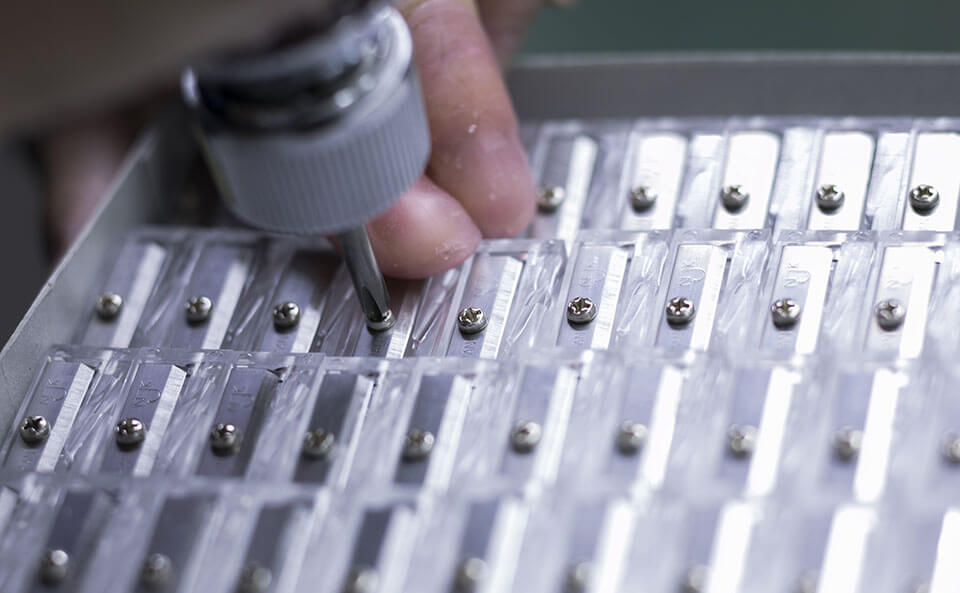
Utilizing knowledge we have cultivated over eighty years, we assemble blades and molded bodies into their proper place without error.

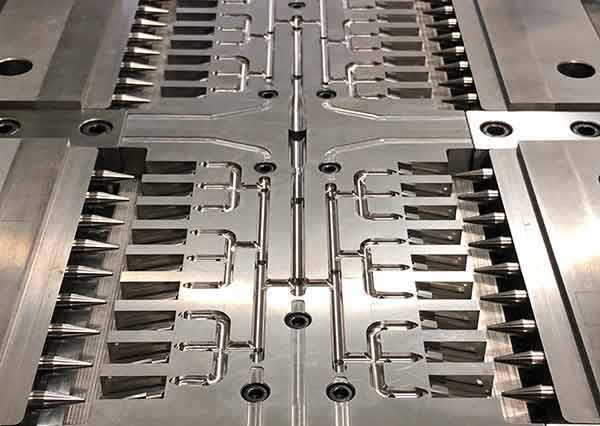
Newly procured sharpener unit molds do not yet satisfy NJK quality. We spend about a month in-house making micron-level customizations until they satisfy NJK quality standards.
We manage a series of processes at optimum temperatures according to the temperature and humidity of the season. Changing the temperature of iron rearranges its molecular structure, providing a finish as hard and wear resistant as cutlery steel.
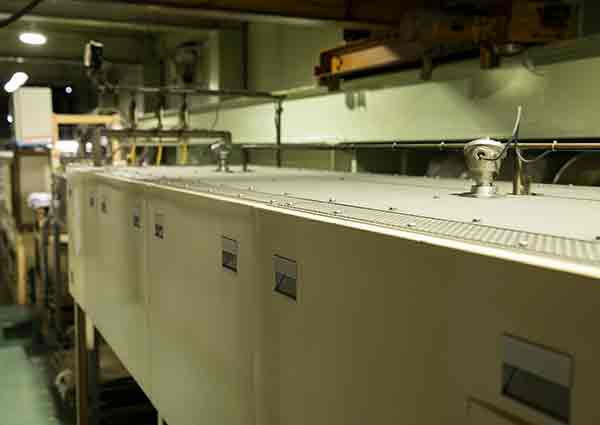
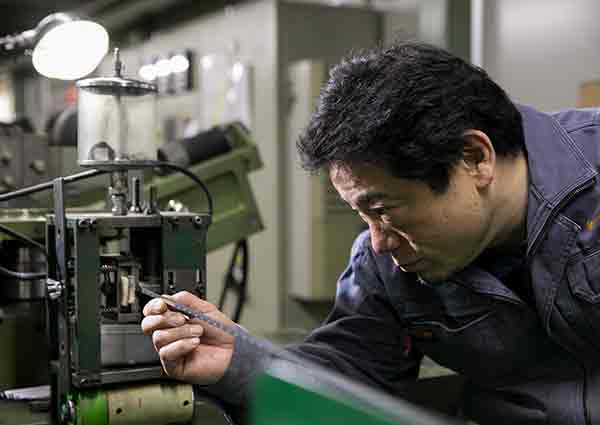
We use a whetstone to sharpen and shape our steel blades. In a buffing process, we adjust the angle of the cutting edge according to the pencil type, polishing and finishing the cutting edge.
Following notches made by the press machine before quenching, an automatic folding machine folds each blade into its specified dimensions.
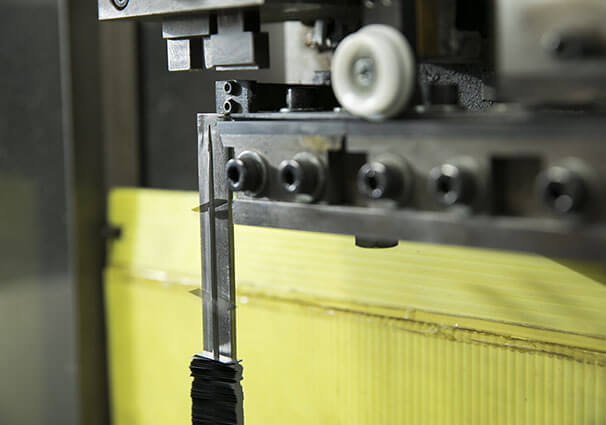

Following notches made by the press machine before quenching, an automatic folding machine folds each blade into its specified dimensions.
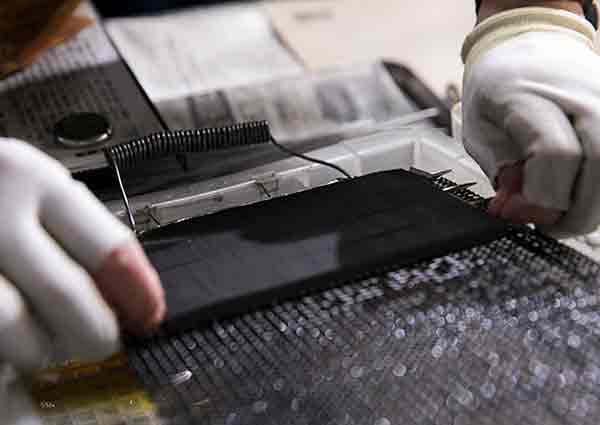
Folded blades are soaked in an anti-corrosion oil, then wrapped in oiled paper. This forms a film on each blade that prevents rusting.
We use a grinder to sharpen our blades and use human touch to confirm finished cutting edges one-by-one. We then sample a fixed number of blades, assembling them with sharpener bodies and testing how well they sharpen pencils.
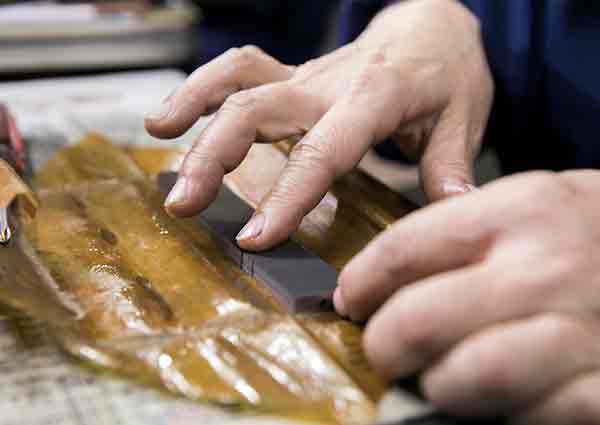

We use a grinder to sharpen our blades and use human touch to confirm finished cutting edges one-by-one. We then sample a fixed number of blades, assembling them with sharpener bodies and testing how well they sharpen pencils.
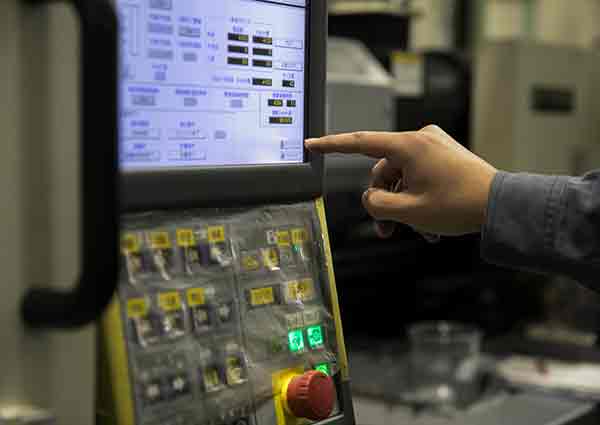
When replacing molds, we accurately enter data based on a molding conditions management table for each product and adjust the peripheral equipment.
Melted resin is injected into a mold to fill it, then allowed to cool and harden. We then open the mold and remove the molded product.
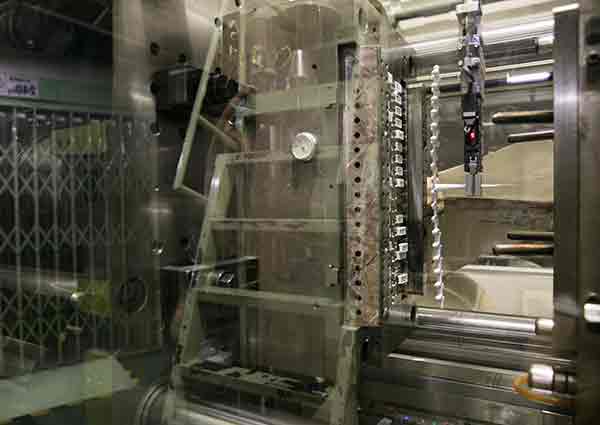

Melted resin is injected into a mold to fill it, then allowed to cool and harden. We then open the mold and remove the molded product.
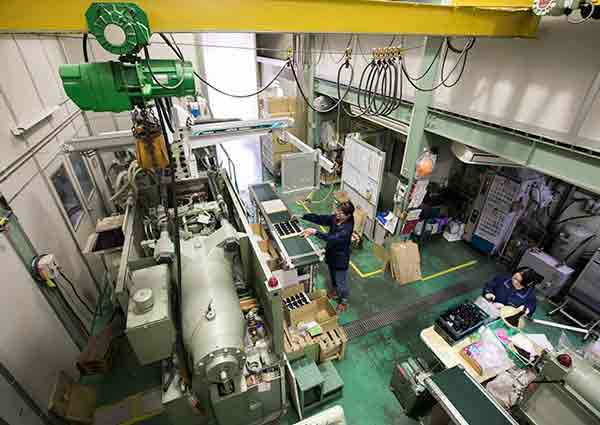
During molding machine operation, every three hours we check all molded products for discoloration, spotting, short shots, flash, missing parts, and burring.
Our proprietary techniques for manufacturing sharpener units allows us to assemble blades and molded bodies without error.
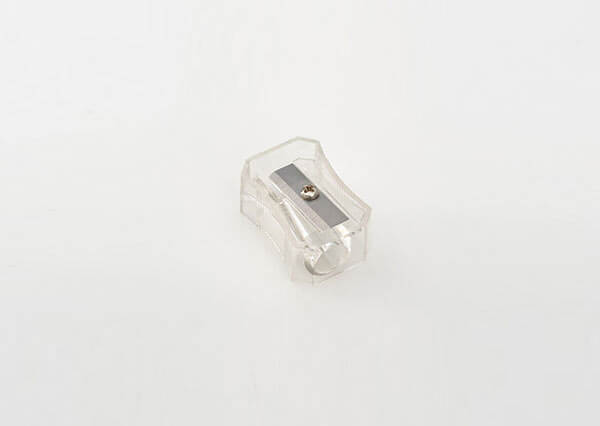

Our proprietary techniques for manufacturing sharpener units allows us to assemble blades and molded bodies without error.
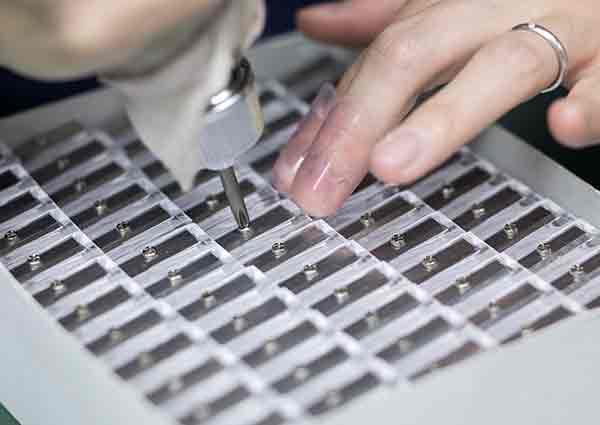
Our inspectors inspect all pencil sharpeners formed through assembly of blades and bodies.
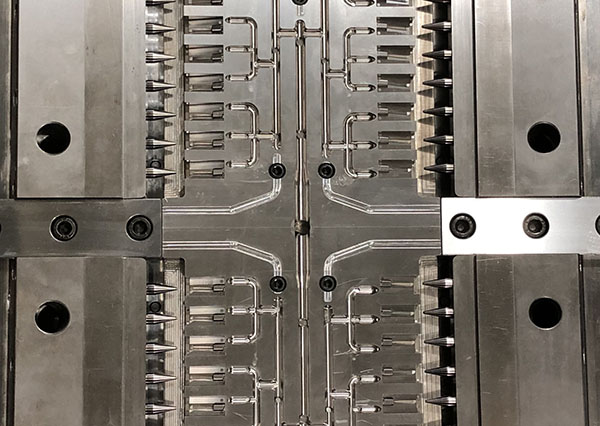
We maintain molds according to proprietary standards so that we can consistently manufacture molded products over long periods of time. We generally service our molds around every 100,000 shots. Approximately once every three months we tear down our molds in-house, performing ultrasonic cleaning of inserts, etc., to remove nonvisible resin clumps, gasses, etc., to maintain NJK quality.